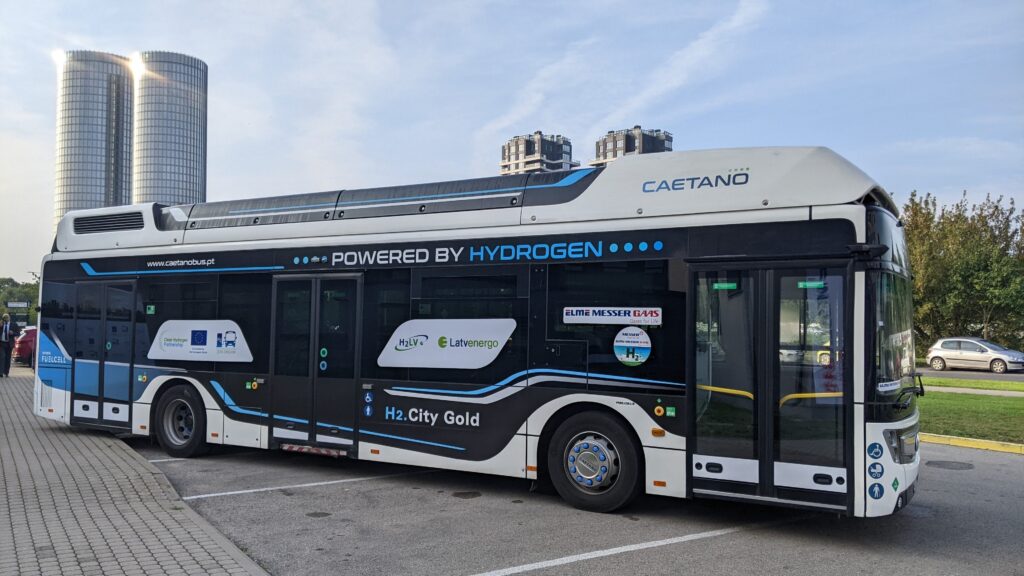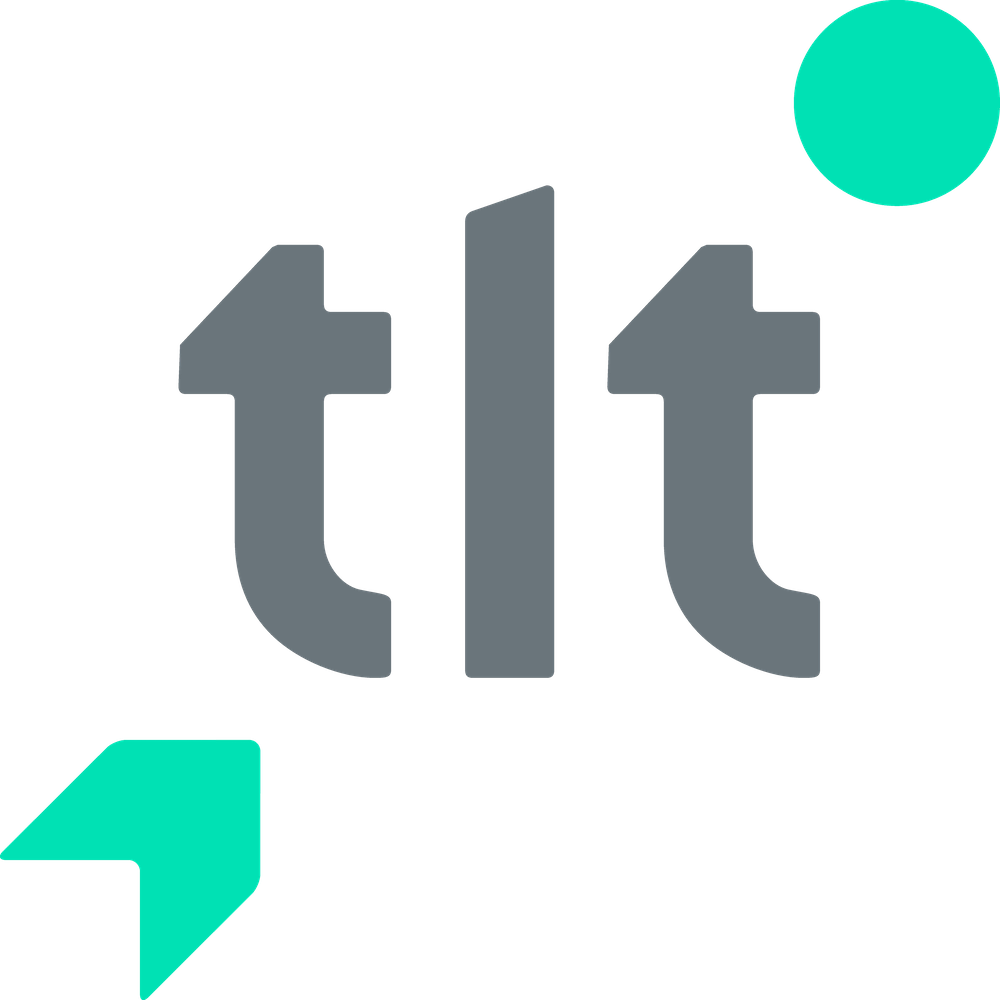Ride the first hydrogen bus in Estonia

On 3 October, you can ride the first hydrogen fuel cell bus in Estonia, which will be operating on city bus line 16 in Tallinn. This is a free test drive aimed at introducing innovative future solutions in city transportation to the city residents.
The hydrogen bus will follow the regular route of line 16 according to the standard schedule. Riding the hydrogen bus will be free for everybody.
The hydrogen-powered fuel cell bus is a part of the JIVE 2 project by the Estonian Association of Hydrogen Technologies in Tallinn. The introduction of the hydrogen bus in Tallinn is part of a broader roadshow, which serves to showcase this innovative technology. The roadshow will be visiting Poland, Lithuania, Latvia and Estonia. The goal of the roadshow is to generate interest in the use of hydrogen as an environmentally clean future fuel (for transportation) and to introduce the potential for adopting hydrogen-based technology in the visited cities.
According to the Chairman of the Management Board at Tallinna Linnatransport (TLT) Kaido Padar, these new-generation buses can be expected to enter into service in around five to seven years, once the current gas buses have exhausted their fuel reserves. “We have spoken with our colleagues from other countries and they all agree that hydrogen buses are likely to start servicing clients in five to seven years,” said Padar. “We think the same. This is why we wanted to test this bus already. All our various departments can now examine it at work. The average lifespan of our buses is 11 years. We will certainly discuss using hydrogen buses after the current cycle when our still relatively new gas buses will begin to approach the end of their lifecycles.”
While a diesel bus costs approximately 350,000 euros and an electric bus around 550,000 euros, a hydrogen bus currently amounts to around 700,000 euros. When they enter mass production in the future, the price is sure to decrease.
Currently, over 90% of hydrogen is still produced from fossil fuels like methane. However, efforts are underway to produce green hydrogen as cheaply as possible and to successfully bring it to the market. Unlike so-called grey hydrogen, which is derived from natural gas, green hydrogen is produced through water electrolysis using solar and wind energy. Green hydrogen can also be generated from biogas or wastewater. Both Alexela and Utilitas are actively developing in this field, supported by the Environmental Investment Centre.

